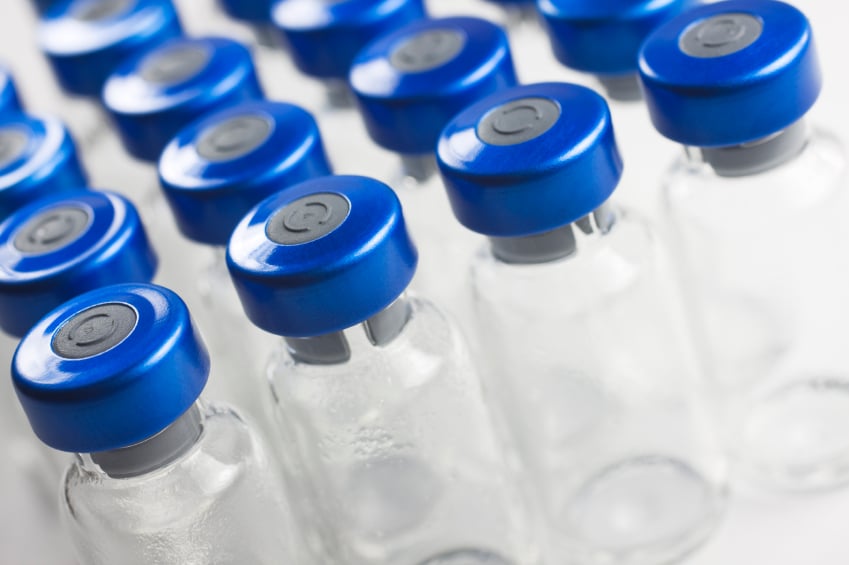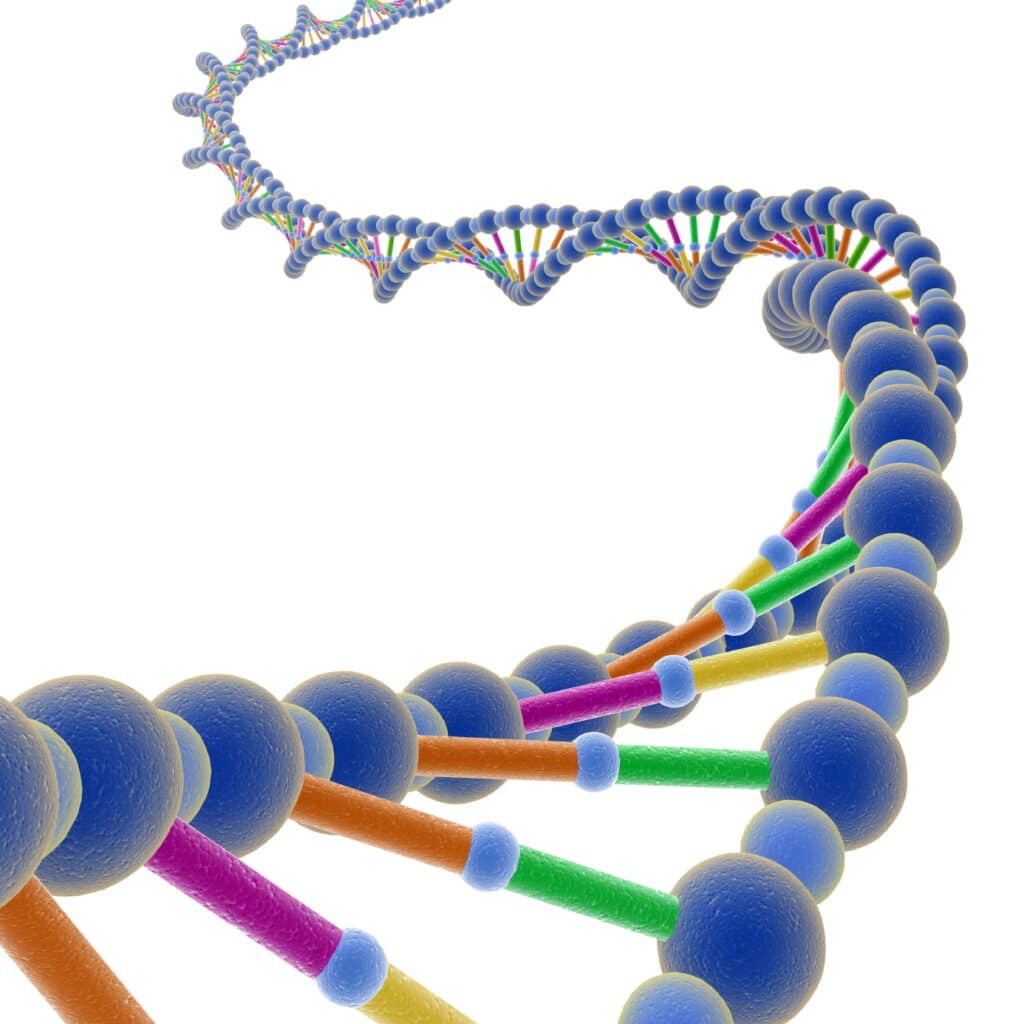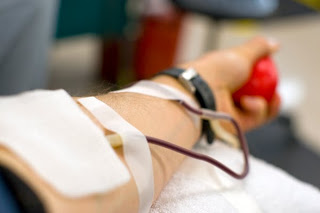Laurie Kelley
November 20, 2022
Paul Clement
Last week we discussed Roctavian, the brand name of BioMarin Pharmaceutical’s gene therapy product, valoctocogene roxaparvovec, to treat patients with severe hemophilia A, and the European Commission’s August 24, 2022, conditional marketing authorization for the therapy. Two big questions on everyone’s mind are: when will it be approved in the US and what will it cost?
US Approval Soon?
BioMarin submitted a biologics license application (BLA) to the U.S. Food and Drug Administration (FDA) for approval to market Roctavian back in 2019. In August 2020, the FDA responded by issuing a Complete Response Letter (CRL) to BioMarin, delaying their approval request and requiring two more years of additional safety and efficacy data from the company’s Phase 3 GENEr8-1 clinical trial.
Why did the FDA delay approval of BioMarin’s gene therapy? Its primary concern was the trend in clinical trial data showing decreasing efficacy of Roctavian over time, which could potentially render the therapy ineffective after several years.
At the end of September, BioMarin resubmitted its BLA for Roctavian with the requested additional data, and in a press release, announced that the FDA had accepted its resubmission of the BLA on October 12, 2022. Similar to the therapy’s conditional approval in Europe, the BLA resubmission includes a proposed long-term extension study to follow all trial participants for up to 15 years, plus two post-approval registry studies to follow patients dosed in a real-world setting.
According to BioMarin, BLA resubmissions are typically are followed by a six-month review process. However, the company anticipates that an additional three months of review may be necessary to review the new data—bringing the approval date to sometime in mid-2023. The approval of Roctavian is likely to proceed fairly rapidly: the FDA had previously granted Roctavian Breakthrough Therapy as well as Regenerative Medicine Advanced Therapy designations, both FDA programs designed to speed up the development and review process of therapies. And Roctavian also received an orphan drug designation from the FDA, granting it seven years of market exclusivity after approval. If approved, Roctavian would be the first commercially-available gene therapy in the U.S. for the treatment of severe hemophilia A.
How Much Will It Cost?
This is the million dollar question. Cell and gene therapies are extraordinarily expensive, ranging in cost from $373,000 (Yescarta, a cell therapy for lymphoma) to $2.8 million (Zynteglo, a cell therapy for beta-thalassemia). Pharmaceutical companies would like a one-time payment for the therapy up front, but health insurance companies balk at the high cost, citing concerns about efficacy (what if it does not work?), durability (how long will it last?) and patient mobility (why should we pay for a therapy that may last a lifetime, when the patient is likely to have a policy with us only three to six years?).
In response to these concerns and “failure to launch” for several gene therapies in Europe due to their high cost, pharmaceutical and health insurance companies have been exploring 16 different reimbursement models to make these expensive therapies more palatable to both parties. Two models stand out: the annuity model in which insurers make payments in installments over time; and the outcomes/milestone-based contract model in which the payment amount is adjusted depending on whether a pre-specified health outcome is achieved (i.e., the patient’s factor level will remain above a certain level for a certain number of years) if the outcome is not met, the pharmaceutical company might provide large rebates for patients that fail to respond to a therapy in a predetermined way). Both of these payment models may also be combined, in which an outcome-based contract with the manufacturer is connected to an annuity payment for the therapy, contingent on a positive health outcome.
BioMarin expects Roctavian’s list price in Europe to be roughly $1.5 million, after all discounts. They are currently in payment negotiations with Germany and will then move to France, Italy, and Spain, and then to other countries. (The healthcare systems in France, Germany, Italy, Spain and England are predominantly single-payer systems, with public health insurance covering either the entire, or the vast majority of the population, making payment negotiations easier than in the highly fragmented health insurance industry in the US). In Europe, BioMarin is negotiating outcomes-based agreements, with the goal of guarding against the risk of a “non-response” to treatment for at least five to eight years.
What about the cost in the US? BioMarin has not set a price for Roctavian in the US, but has suggested it will be between $2 and $3 million. How this new therapy will be greeted by health insurance industry in the US remains to be seen. So far, the effect of cell and gene therapies on the US health insurance landscape has been minimal, because there are currently only a handful of products licensed in the US. However, major changes are on the horizon: there are about 3,000 cell and gene therapy therapies in the pipeline, and by 2025, the FDA predicts they will be approving between 10 and 20 cell and gene therapy products per year. And these therapies will require the adoption of new payment models if they are to reach consumers.





